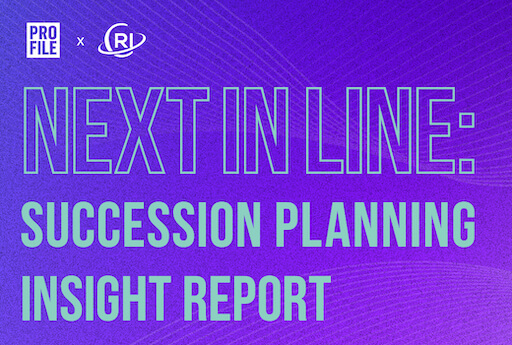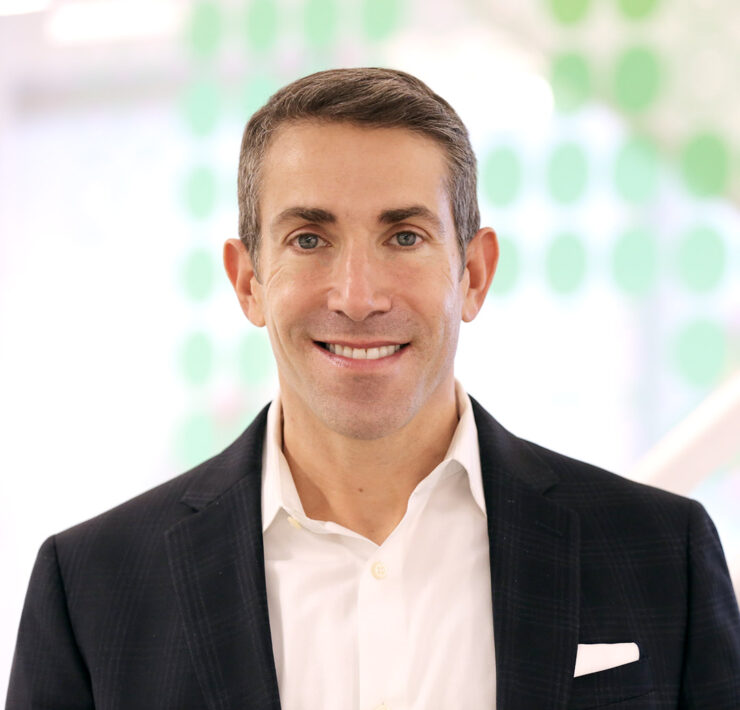
|
Getting your Trinity Audio player ready...
|
Companies have long incorporated community engagement programs into the workplace. There are a few reasons why—including genuine philanthropic urges—but there are also several business reasons to establish community engagement programs. Chief among them is that volunteerism fosters connection, both internal and external.
Internally, volunteer activities promote team building and collaboration—often across disciplines that rarely intersect. Externally, these activities connect companies to the communities where they reside or do business. A typical volunteer event might involve cleaning up a local park, staffing a water station at a marathon, tutoring at-risk children, or assembling relief supplies for victims of a natural disaster.
But as with so much else, the pandemic changed everything. Fortunately, the experts on corporate volunteerism tell us, these changes brought new and arguably smarter ways of doing things.
Volunteerism and In-Person Office Attendance
The postpandemic changes in how and where people work are seismic. A survey of Chicago-area employers (reported in Crain’s Chicago Business in November 2022) found that while six in ten employers require employees to report to the office at least once per week, many employees are still allowed an awful lot of work-from-home (WFH).
In fact, an analysis of keycard swipes through office security systems in office towers in the Windy City showed that only 45 percent of workers are in their offices on any given day (in-office numbers in New York and Los Angeles are almost exactly the same).
In these circumstances, employers need to present a clear and compelling reason why employees should come to the office on a specific day—such as a special volunteer event.
The Workplace Is Community
As it turns out, this reality—that employees have to be physically present in order to participate in many volunteer activities—is part of what might save workplace culture. In-person community projects such as beach cleanup days can create socialization among coworkers that is sorely lacking.
And it’s not just workplace culture: the employee-employer relationship is strengthened as well. In the 2022 Edelman Trust Barometer, a semiannual compilation of data marshalled by the global PR firm, the relationship between employers and employees is evaluated based on several factors. Some factors—including compensation, training, advancement opportunities, and truthful communication—ranked as most important, of course. But “opportunities within my job to engage in activities that help address social problems or support the local community” ranked as well.
Even on a more individual level, the Edelman study found significant benefits to corporate volunteerism. The researchers asked employees across the world where they get their sense of community. Family and friends ranked first, but second was “the people I work with”—much higher than religious, alumni, and political party affiliations.
More and Different Volunteer Opportunities
As corporate life continues to change, so are the types of volunteer activities available to employees.
“In the work-from-home era, we are seeing an evolution of what corporate responsibility programs look like,” explains Katie Stearns, the chief global corporate solutions officer at Points of Light. “Initially, as the pandemic hit in 2020, there was a panic. But eventually the people running CSR [corporate social responsibility] and ESG [environmental, social, and corporate governance] programs saw it as an opportunity.”
Points of Light—a professional community engagement organization that brings together corporations and nonprofits to achieve philanthropic goals—boasts a global network of 177 affiliates in thirty-eight countries. In total, it marshals five million volunteers to provide sixteen million hours of time each year.
As chief global corporate solutions officer, Stearns helps companies design volunteer programs that their employees can—and want to—participate in. Today, she says, those programs can include virtual and cross-discipline volunteer events.
Virtual events tend to be more skills-based, Stearns notes. For example, participants might work with a nonprofit on marketing or financial management. She provides as an example Fidelity Investments, which had a long track record of in-person community engagement before she began collaborating with them. “They had to work hard to coordinate across time zones,” Stearns says. “But they made really intentional connections. And by helping their employees develop new skills, such as group leadership, they were able to mobilize at scale.”
According to the International Association for Volunteer Effort, there are one billion people worldwide who participate in volunteer and community engagement activities—a clear sign that, whatever workplace changes the future brings, people will continue to do whatever they can to help improve the communities and world around them.





















